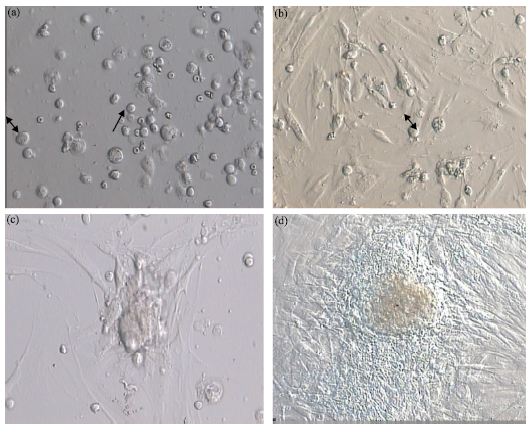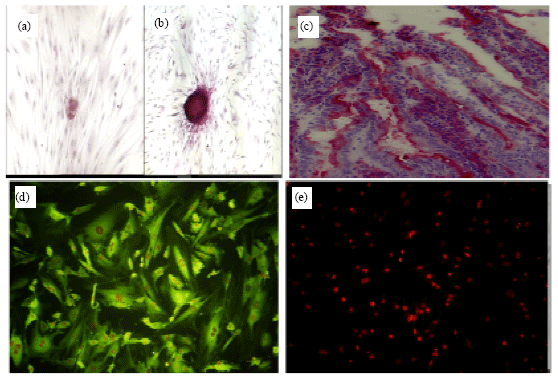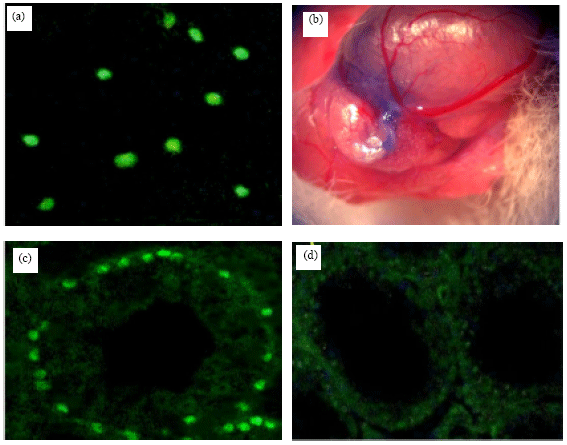Research Article
Effect of Donor Cells Concentration on Colonization of Human Spermatogonial Stem Cells in Recipient Mouse Testes
Institute of Bioscience, Putra University, Malaysia, Selangor, Malaysia
Mansoureh Movahedin
Department of Anatomical Sciences, School of Medical Sciences, Tarbiat Modares University, Tehran, Iran
Tengku Azmi Bin Tengku Ibrahim
Institute of Bioscience, Putra University, Malaysia, Selangor, Malaysia
Abd Wahid Haron
Institute of Bioscience, Putra University, Malaysia, Selangor, Malaysia
Zohreh Makoolati
Department of Anatomical Sciences, School of Medical Sciences, Tarbiat Modares University, Tehran, Iran
Mohamadreza Nowroozi
Department of Urology, Faculty of Medicine, Tehran University of Medical Science, Tehran, Iran












